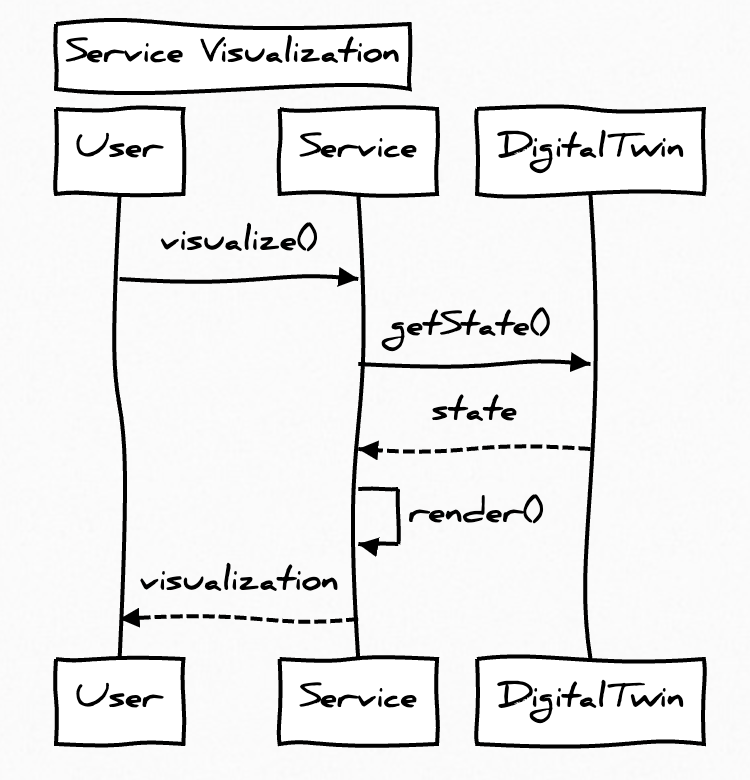The main problem with the digital twin concept is that it is understood in many different way and the concept is missing a technical foundation of what to expect from a software architecture perspective.
Table of contents
Open Table of contents
Finding appropriate concept
Let me write this definition as a response to my software engineering mind to the answer of what it’s a digital twin and why it’s different than just a simple 3D visualization, simulation, or standalone predictive model.
From a software architecture point of view, a digital twin is a concept for abstracting a real world asset with all capabilities and aspects, including its digital representation through different services that support the communication and composition of enabling technologies such as IoT, Data processing, Machine Learning, predictive algorithms, 2D/3D visualization, etc… in order to be efficient, flexible, scalable and loosely coupled.
Determining technical abstractions as services
First, let’s discuss what a service is in the context of software:
Provide a specific functionality or set of functionalities to other components within the architecture. The service is typically used to encapsulate and hide the complexities of the underlying implementation from other components, allowing them to interact with the service in a simpler and more efficient way.
From a simple and didactic point of view, we are going to try to identify possible services from a basic life cycle of the digital twin.
Imagine that you are building a digital twin from scratch, and suppose that you use both hardware (for example, sensors) and software (for example, a web application) to provide a digital twin model and solve a specific problem.
- provide a standard way to ingest data from real asset.
- a digital twin needs to be developed for a real asset.
- keeps real assset and digital twin in sync.
- integrates into other services (like messaging systems, brokers, etc…).
- provides capabilities (APIs) to interact with digital twins.
Next, we can define some examples to try to build a service implementation around a digital twin:
- Service to create and sync Digital Twin. For a given real world asset a digital twin needs to be created.

- Service with the ability to register and ingest data from real assets and/or business systems to create digital twins of any connected environment.

- Service to process business logic and data processing. Query the digital twin execution environment to extract real-time insights and sync twin change events to real asset.

- Service to get a visualization where users can monitor, diagnose, and investigate operational data with the visual representation context of real asset.
